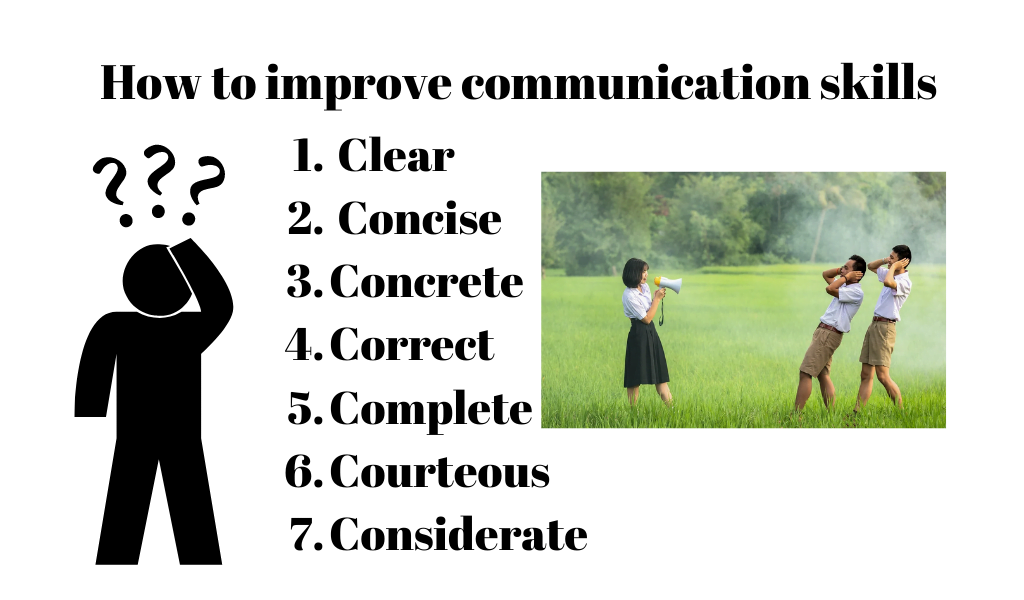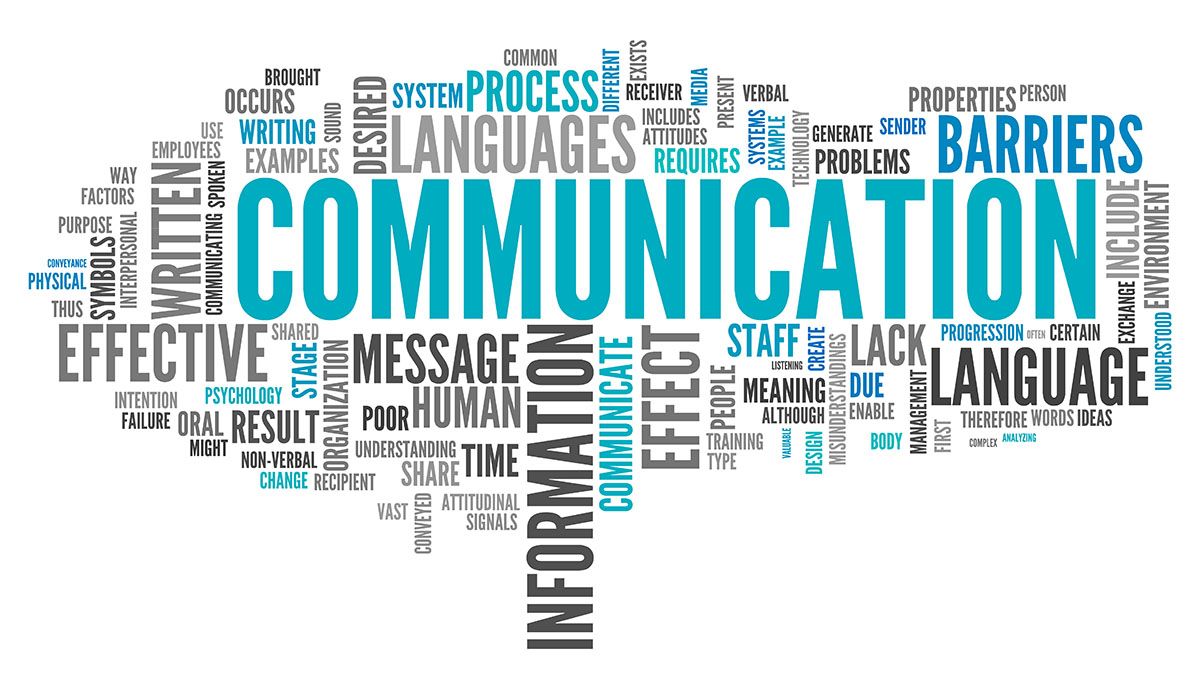How To Improve Communication Skills In The Workplace

In the modern workplace, where teams are often distributed across continents and projects demand intricate collaboration, communication breakdowns can have devastating consequences. From missed deadlines and budget overruns to fractured team dynamics and lost business opportunities, the cost of ineffective communication is staggering. Businesses are increasingly recognizing that mastering the art of workplace communication is no longer a 'nice-to-have' skill, but a critical necessity for survival and growth.
This article delves into actionable strategies for enhancing communication skills in the workplace. We’ll explore techniques for both individual improvement and organizational development. We will draw upon expert insights and industry best practices to provide a practical guide for fostering a more communicative and collaborative work environment. The aim is to empower employees and leaders alike to navigate the complexities of workplace interactions with greater clarity and confidence.
Understanding the Landscape of Workplace Communication
Workplace communication encompasses a wide spectrum of interactions. These include formal presentations, informal conversations, written reports, and digital messaging. Effective communication is not just about transmitting information. It's about ensuring that the message is accurately received, understood, and acted upon.
According to a 2023 report by the Society for Human Resource Management (SHRM), poor communication contributes significantly to employee disengagement and turnover. The report highlighted that employees who feel unheard or misunderstood are more likely to experience decreased job satisfaction and seek alternative employment opportunities.
Strategies for Individual Improvement
Active Listening: The Foundation of Understanding
Active listening goes beyond simply hearing the words being spoken. It involves paying close attention to both verbal and nonverbal cues. It involves demonstrating empathy, and providing feedback to confirm understanding.
Dr. Susan Steinbrecher, author of "Heartfelt Leadership," emphasizes the importance of summarizing the speaker's message to ensure clarity. She suggests using phrases like, "So, if I understand correctly, you're saying..." to confirm accurate comprehension.
Clarity and Conciseness: Eliminating Ambiguity
Ambiguity in communication can lead to confusion and misinterpretations. Striving for clarity and conciseness is crucial. This means using precise language, avoiding jargon, and structuring your message logically.
When writing emails or reports, prioritize the most important information and use bullet points or headings to enhance readability. Keep sentences short and avoid overly complex sentence structures. "Be direct and to the point," says David Grossman, CEO of The Grossman Group, a communications consultancy.
Nonverbal Communication: Reading Between the Lines
Nonverbal cues, such as body language, facial expressions, and tone of voice, can significantly impact how a message is received. Being aware of your own nonverbal communication and learning to interpret the nonverbal cues of others is essential.
Maintaining eye contact, using open body language, and speaking with a calm and confident tone can enhance your credibility and build rapport. Conversely, avoiding eye contact, slouching, or speaking in a hesitant tone can undermine your message.
Fostering a Communicative Organizational Culture
Creating Channels for Open Dialogue
Organizations should establish clear channels for open communication and feedback. This includes creating opportunities for employees to share their ideas, concerns, and suggestions with management.
Regular team meetings, suggestion boxes, and anonymous surveys can provide valuable insights and help to identify potential communication barriers.
"A culture of open communication fosters trust and encourages collaboration,"notes Harvard Business Review in a recent article on workplace dynamics.
Training and Development Programs
Investing in communication training programs is a proactive step toward enhancing employee skills. These programs can cover a range of topics. They can cover active listening, effective writing, conflict resolution, and presentation skills.
Such programs not only equip employees with the necessary tools to communicate effectively but also demonstrate the organization's commitment to their professional development. This increases their confidence and productivity.
Leading by Example
Leaders play a crucial role in shaping the communication culture of an organization. They must model effective communication behaviors themselves. This means actively listening to their employees, providing constructive feedback, and communicating transparently.
When leaders prioritize communication and demonstrate a willingness to listen, employees are more likely to follow suit. This creates a ripple effect that promotes a more open and collaborative work environment. John Maxwell, a leadership expert, once said: "People buy into the leader before they buy into the vision."
Looking Ahead: The Future of Workplace Communication
As technology continues to evolve, the landscape of workplace communication will continue to transform. Remote work, virtual teams, and digital communication tools are becoming increasingly prevalent. Organizations must adapt to these changes by embracing new technologies and developing new communication strategies.
Focusing on digital literacy, creating clear guidelines for online communication, and fostering a sense of connection among remote team members will be essential for success in the future of work. By prioritizing effective communication, organizations can build stronger teams, improve productivity, and achieve their business goals.
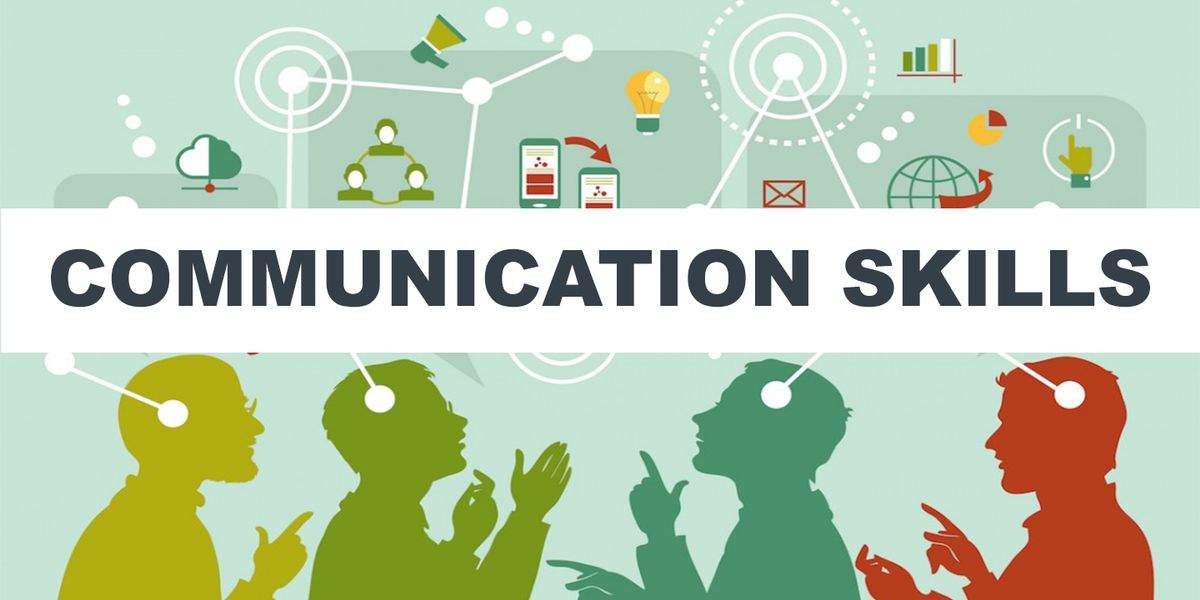
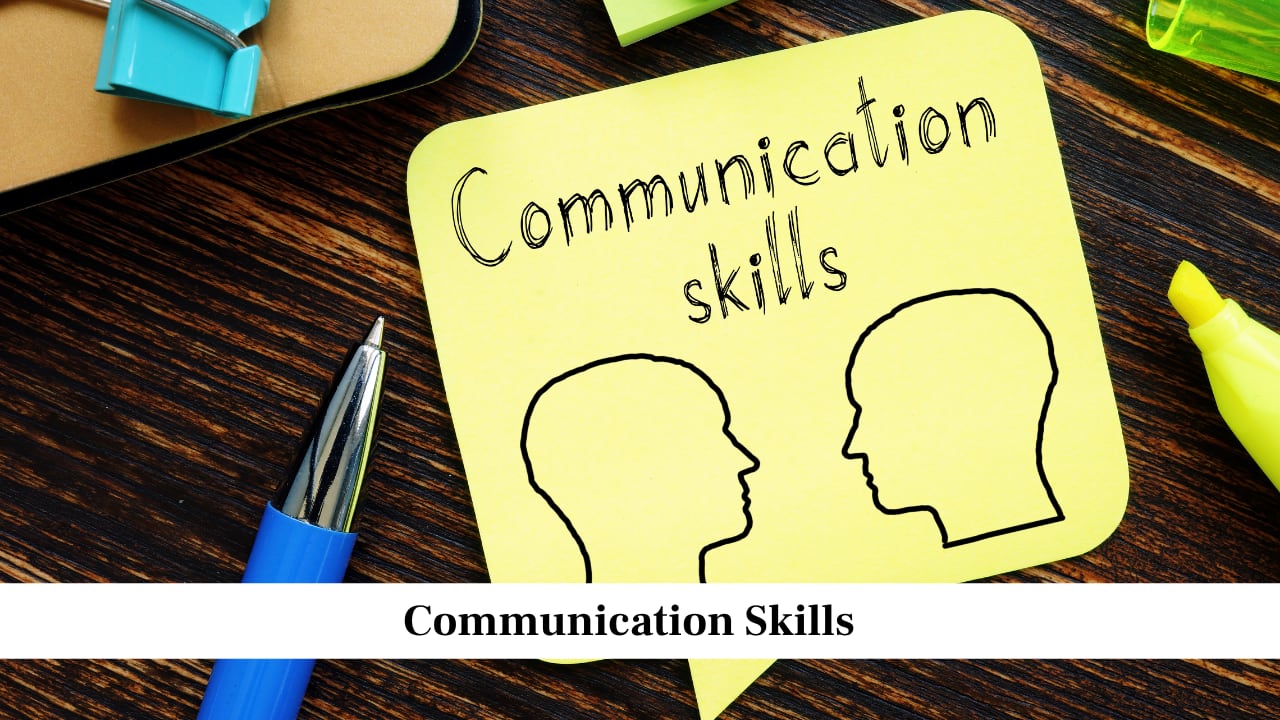
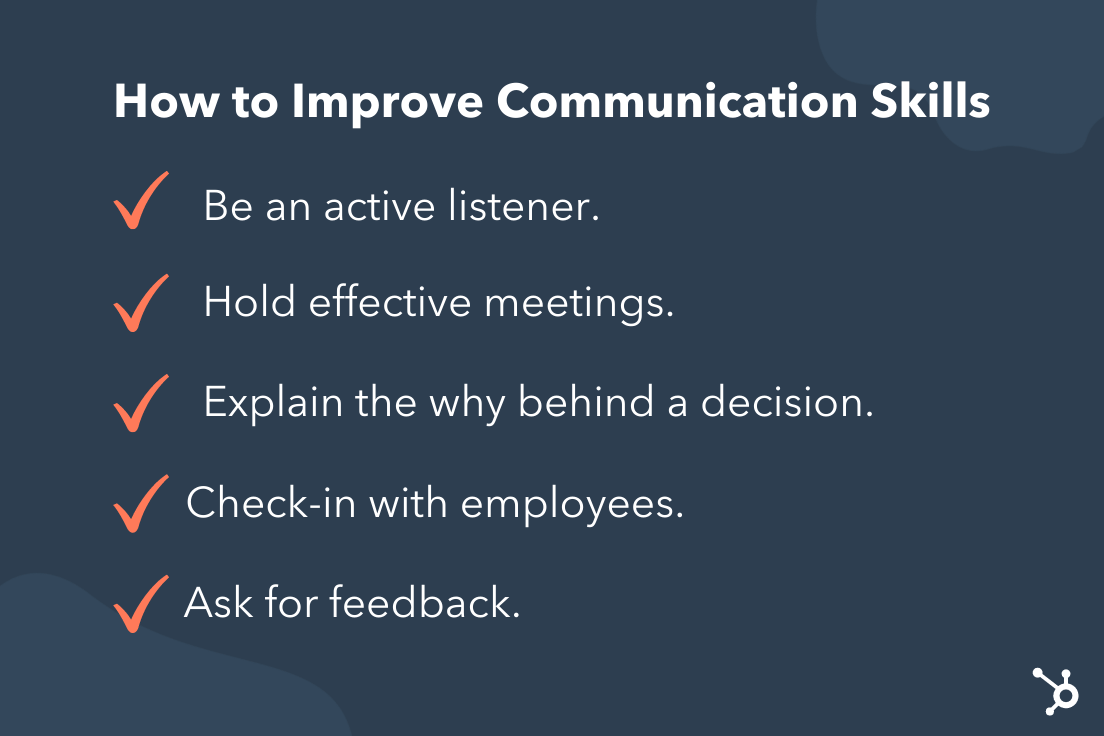



.png)
